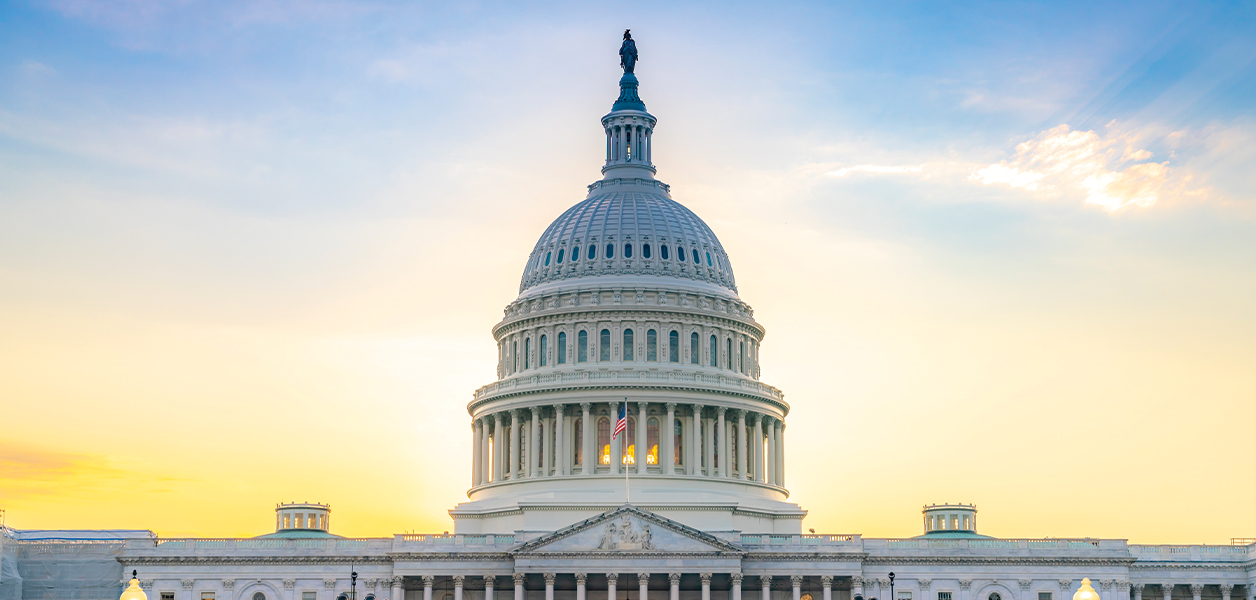Employee retention tax credit remains available to eligible employers
The Employee Retention Credit was designed to help employers retain employees during the COVID-19 public health emergency and first was enacted in the Coronavirus Aid, Relief, and Economic Security Act in March 2020. This credit was updated numerous times through additional legislation, including the Taxpayer Certainty and Disaster Tax Relief Act, the American Rescue Plan and the Infrastructure Investment and Jobs Act. In general, the Employee Retention Credit allows eligible businesses to claim a refundable credit against their payroll tax liability for a percentage of wages they paid to workers after March 12, 2020, and before Oct. 1, 2021 (with different rules for 2020 and 2021). An eligible employer is defined as having been required to fully or partially suspend operations because of a COVID-19-related order (including nonprofit employers) or a significant reduction in gross receipts during the same quarter of the previous calendar year. Please visit NRCA’s summary of the Employee Retention Credit to see whether your company may qualify. This summary does not constitute tax advice, and NRCA recommends you consult your accountant and/or a tax professional to determine whether your company qualifies.
Congress returns to Washington D.C., for a few short weeks to address legislative issues
The Senate returned to Washington, D.C., this week with the House remaining in a district committee work period until Sept. 13. This leaves fewer than 12 legislative days to pass funding for the federal budget for fiscal year 2023, which expires at the end of September. We anticipate Congress will pass a short-term continuing resolution to fund the government until mid-December, punting tough budget decisions until after the midyear elections. Although a continuing resolution generally uses previous year numbers to continue funding to a certain date, Congress typically adds a few additional legislative items to this must-pass bill each year. Items to watch for include funding for the war in Ukraine and to fight the COVID-19 pandemic, permitting reform for energy projects, the Respect for Marriage Act, the Electoral Count Act and Food and Drug Administration user fees.
Alaska special election flips seat to Democratic hands for the first time in 50 years
After weeks of vote tallying, Democrat Mary Peltola defeated Republican Sarah Palin in the special election for Alaska’s vacant House seat—a big upset under the state’s newly adopted ranked-choice voting system. Alaska’s voting system allows voters to rank candidates by preference, meaning they can submit ballots that list their first-choice candidate for a position and also their second, third, etc. The candidate with more than 50% of first-choice votes wins outright; if no candidate gets more than 50%, a new round begins that eliminates the candidate with the lowest number of votes and redistributes that candidate’s ballots to voters’ second pick. This continues until a candidate receives more than 50% of all votes. Peltola finished first in the initial tally and then won enough second-choice votes to secure the seat. She will become Alaska’s first indigenous member of Congress and will have to run again in November’s general election.
Delaware, New Hampshire and Rhode Island will be the last states to hold primary elections ahead of the November election. Louisiana will hold a hybrid primary Nov. 8 with a runoff, if needed, Dec. 10. Georgia also has a chance to go into a runoff and may not be decided until after Dec. 6.




